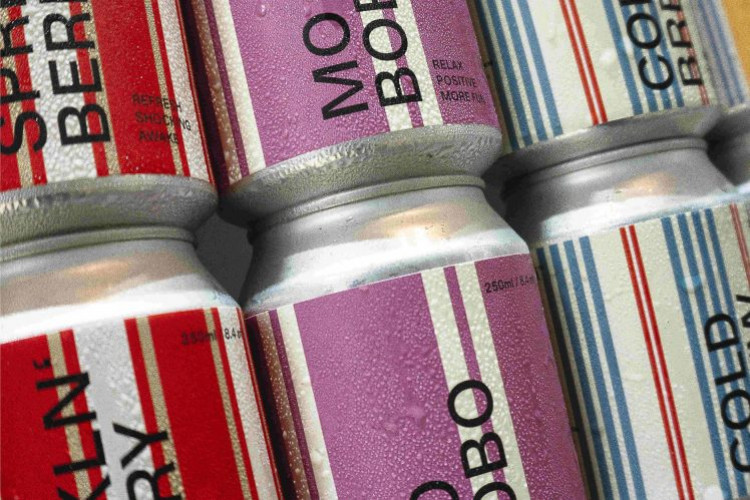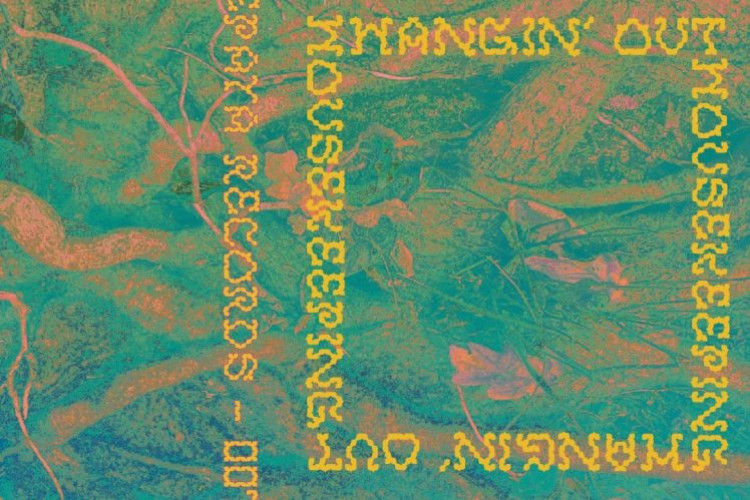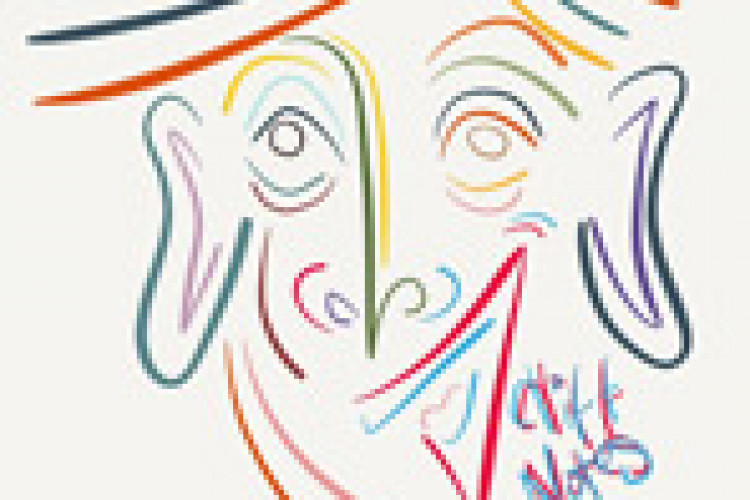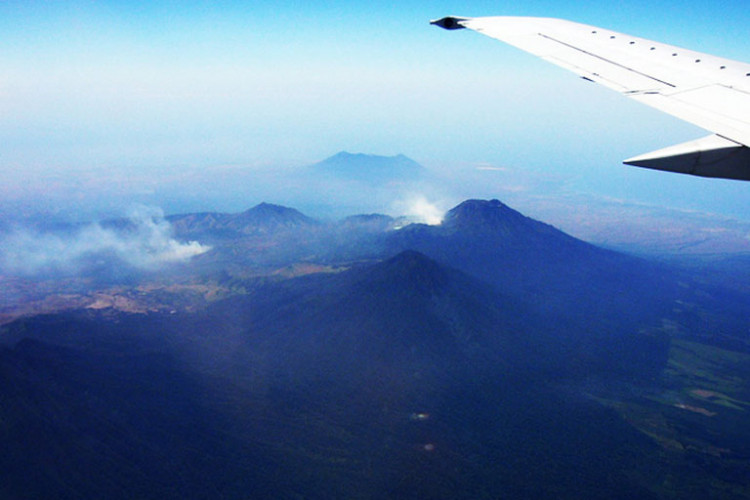Video Art with Mahardika Yudha
Muhammad Hilmi (H) talks to Forum Lenteng co-initiator and OK Video 2015 Curator Mahardika Yudha (M).
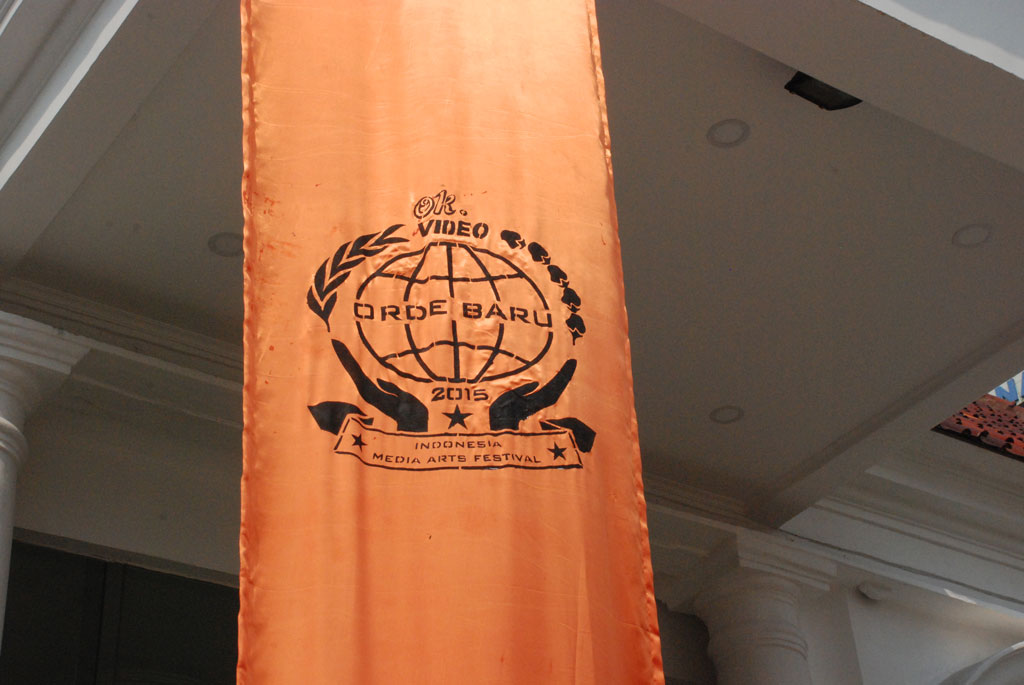
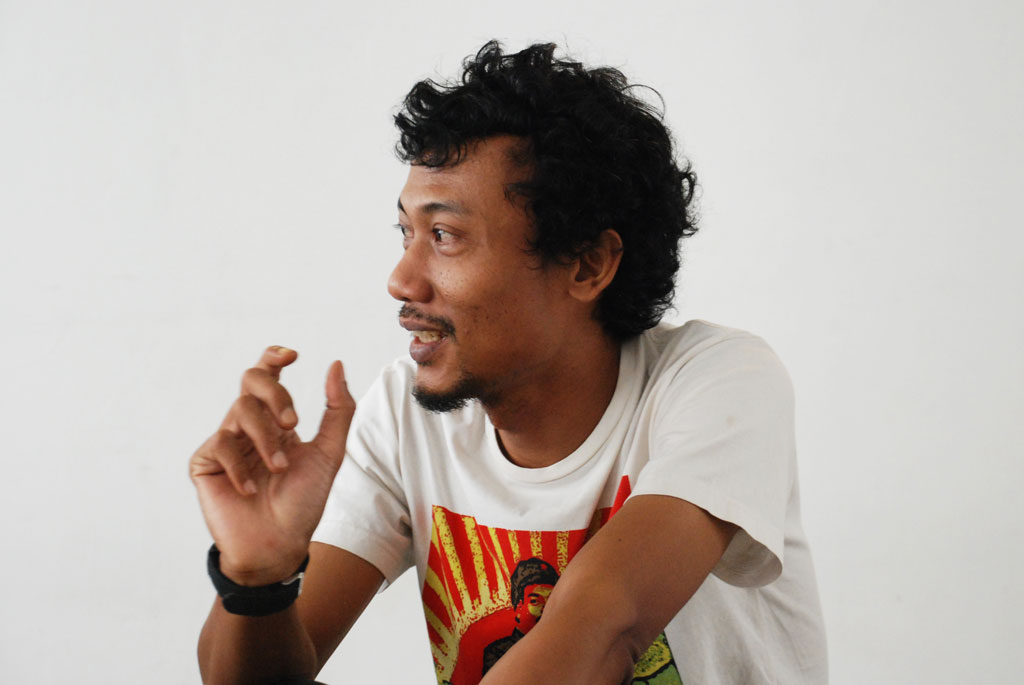
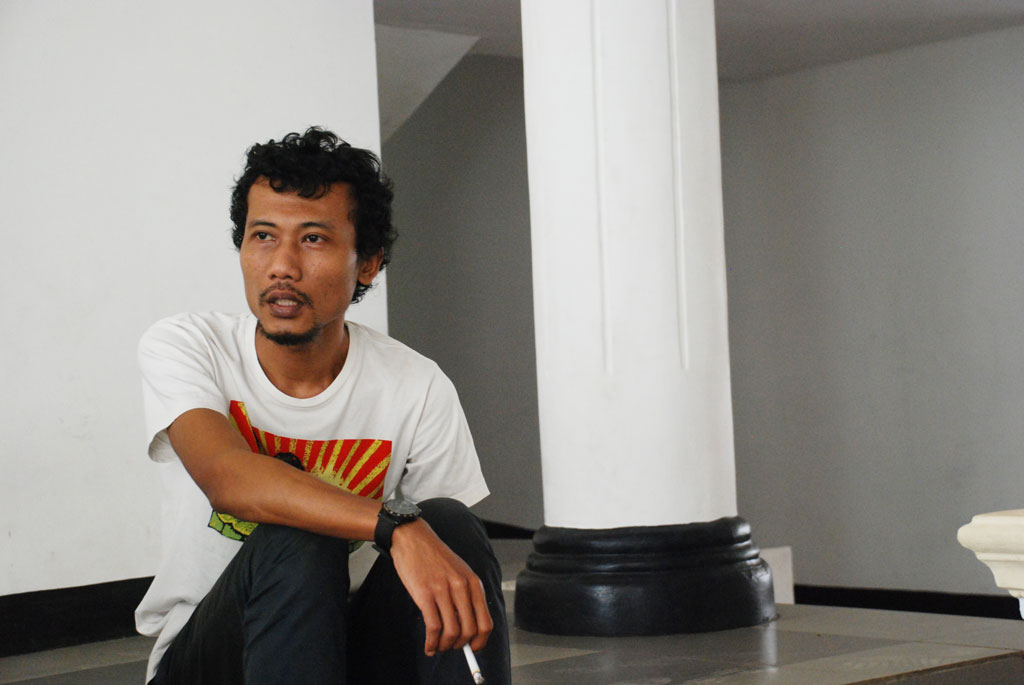
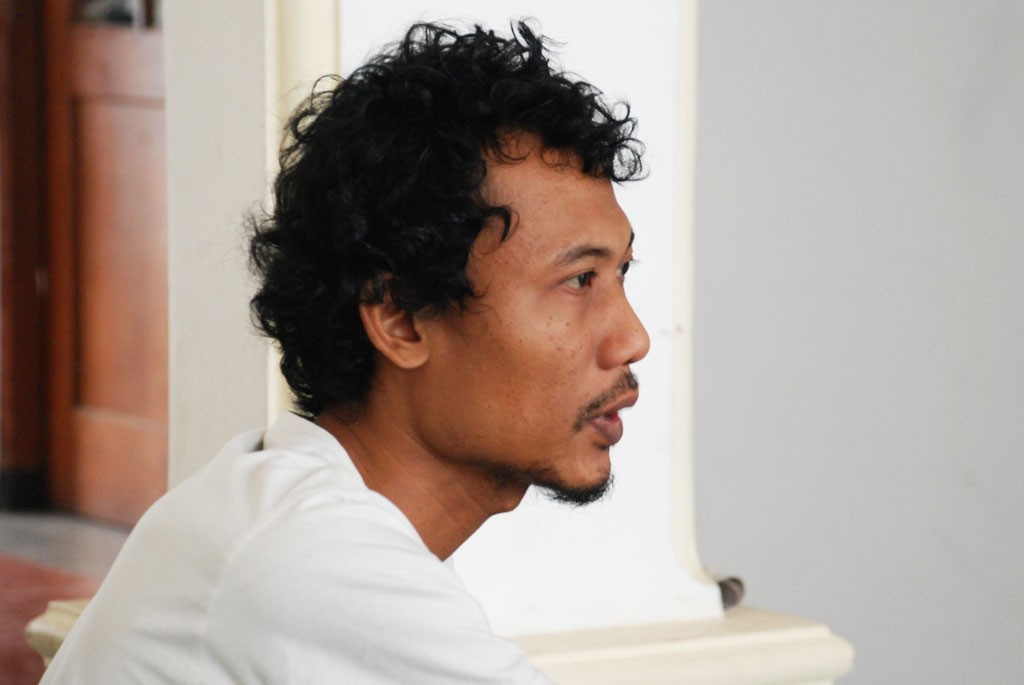
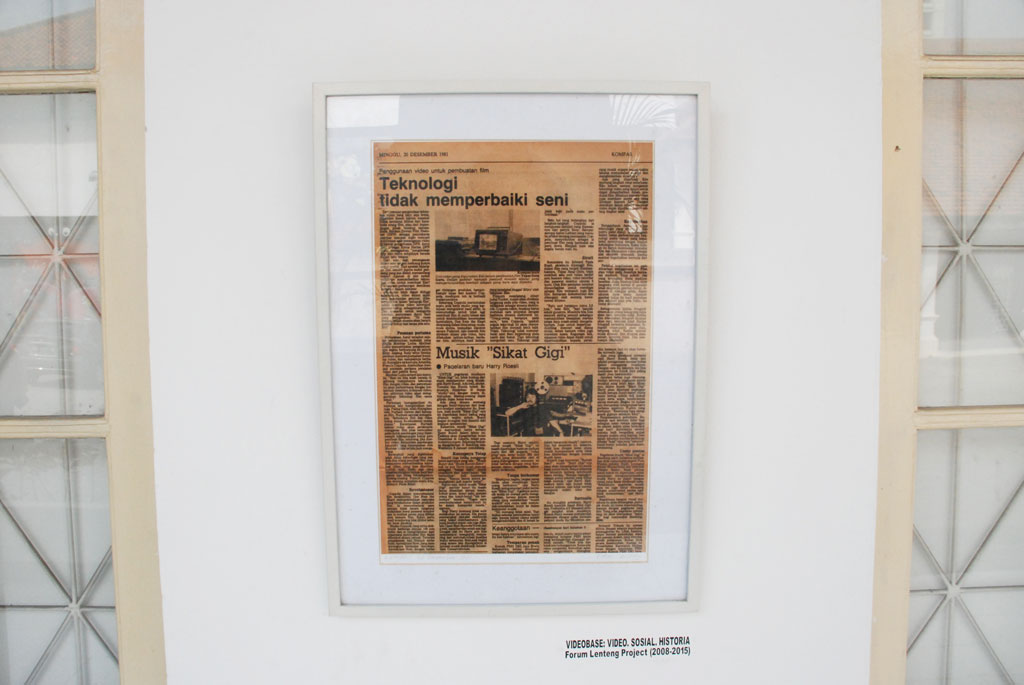
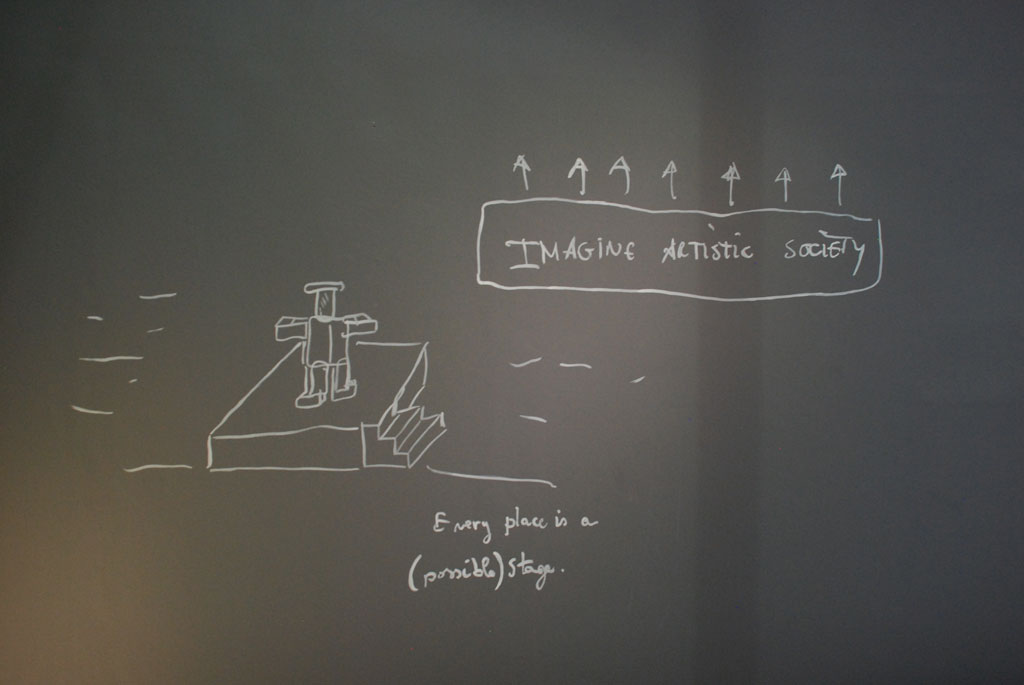
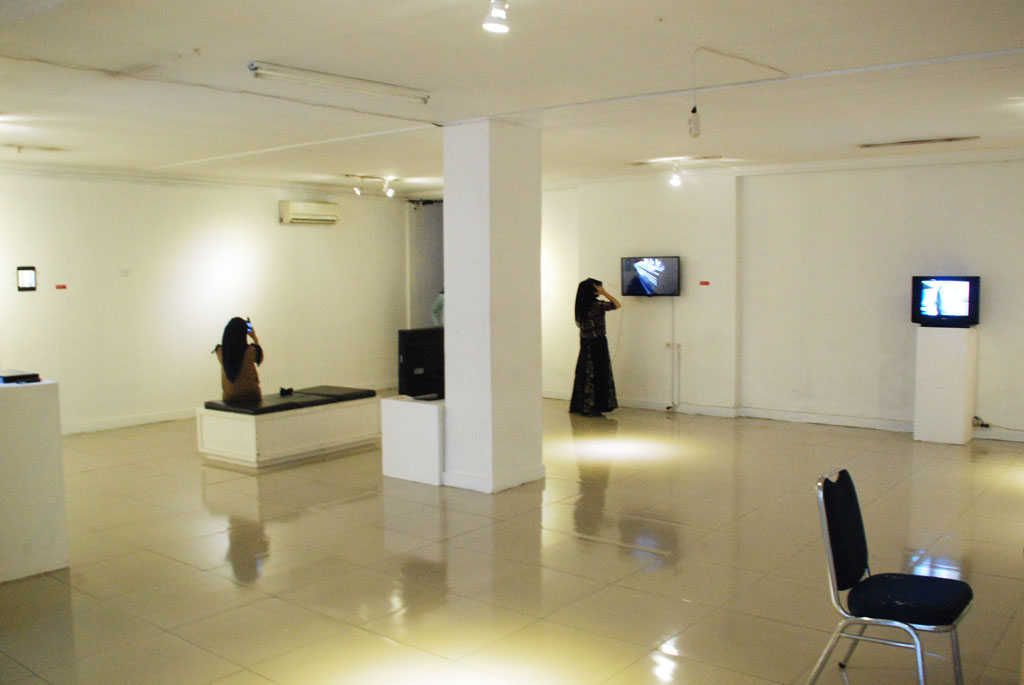
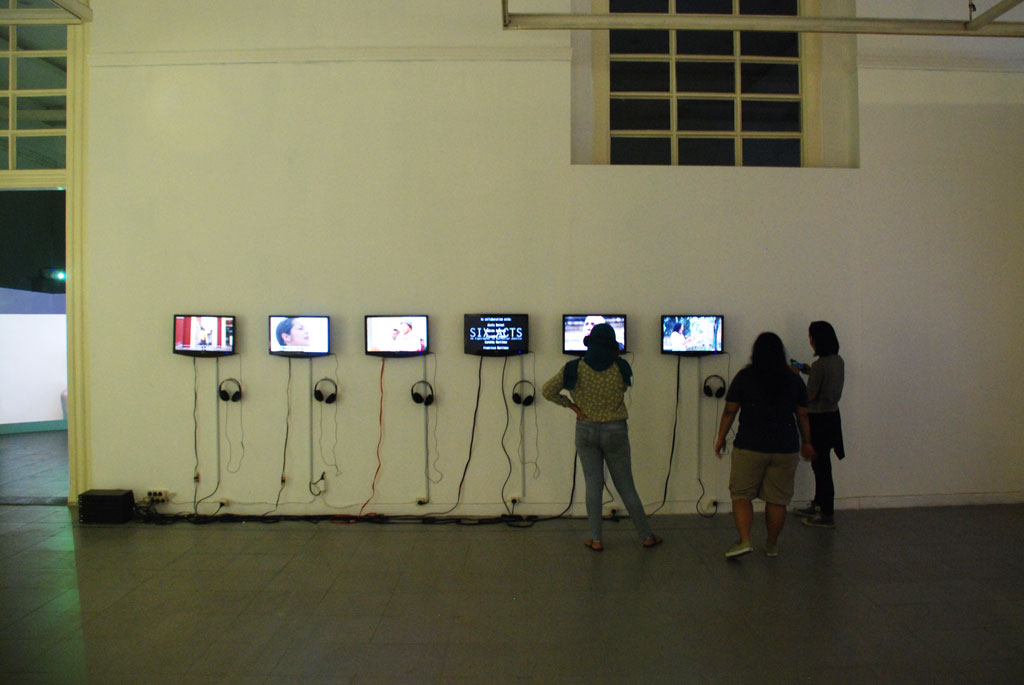
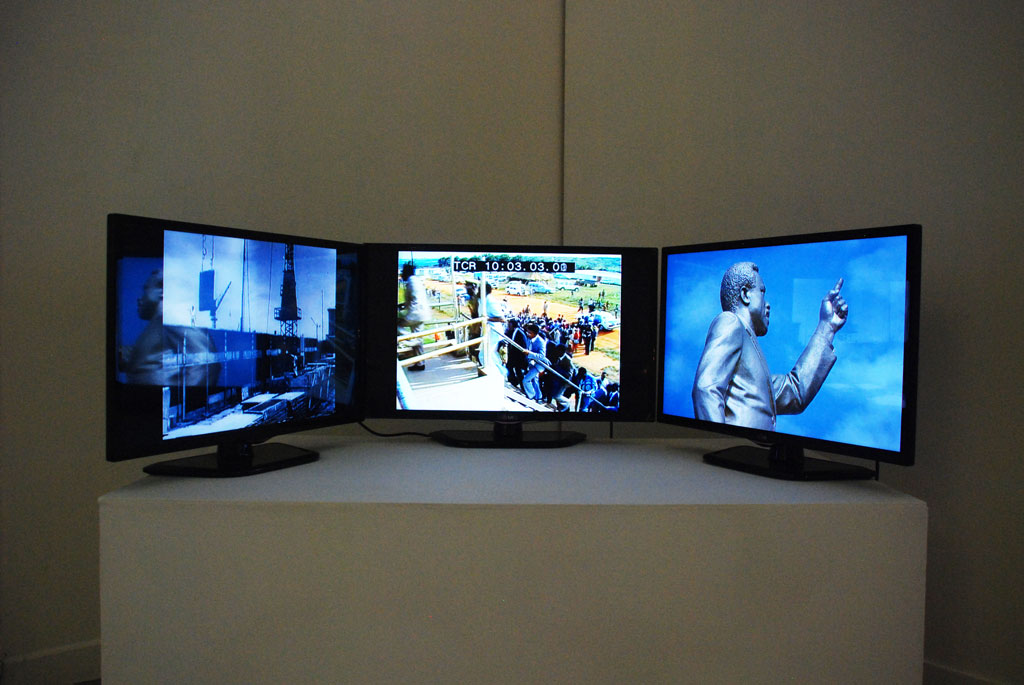
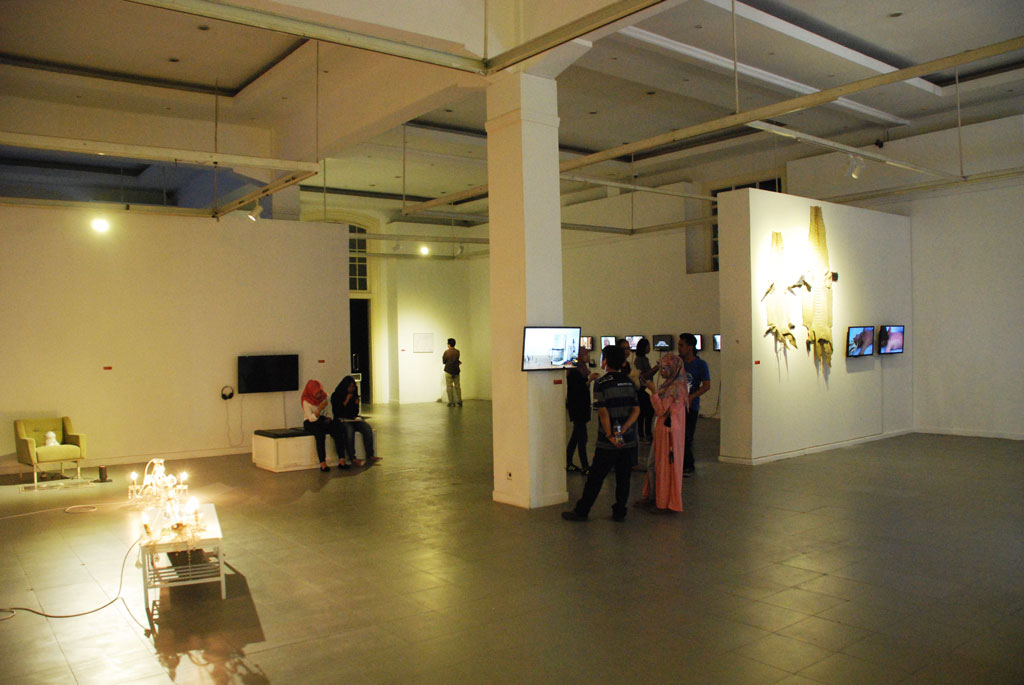
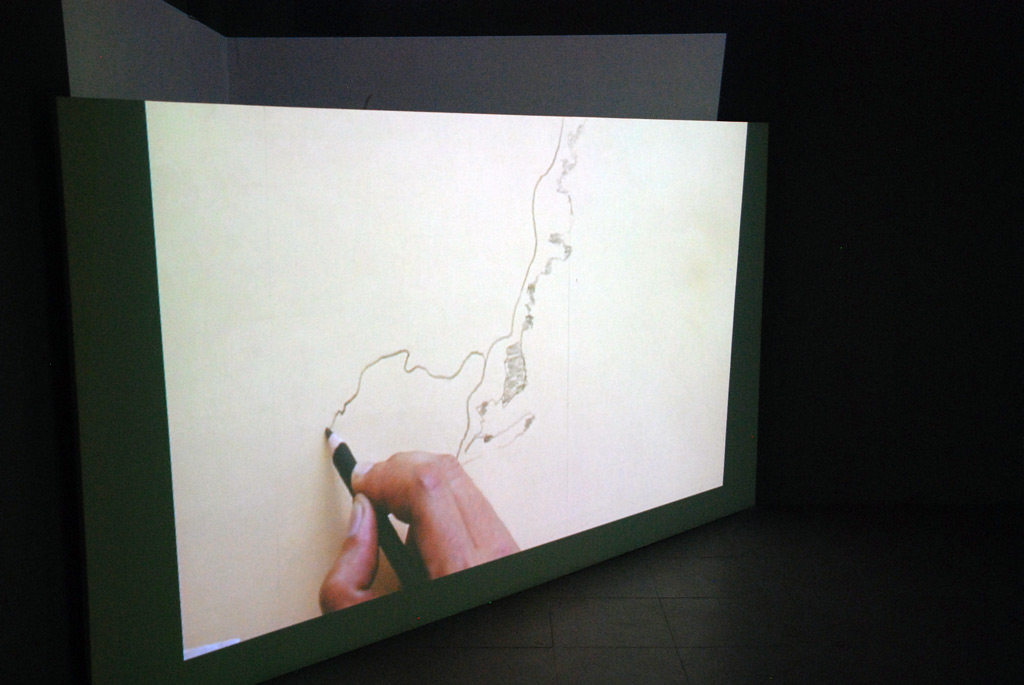
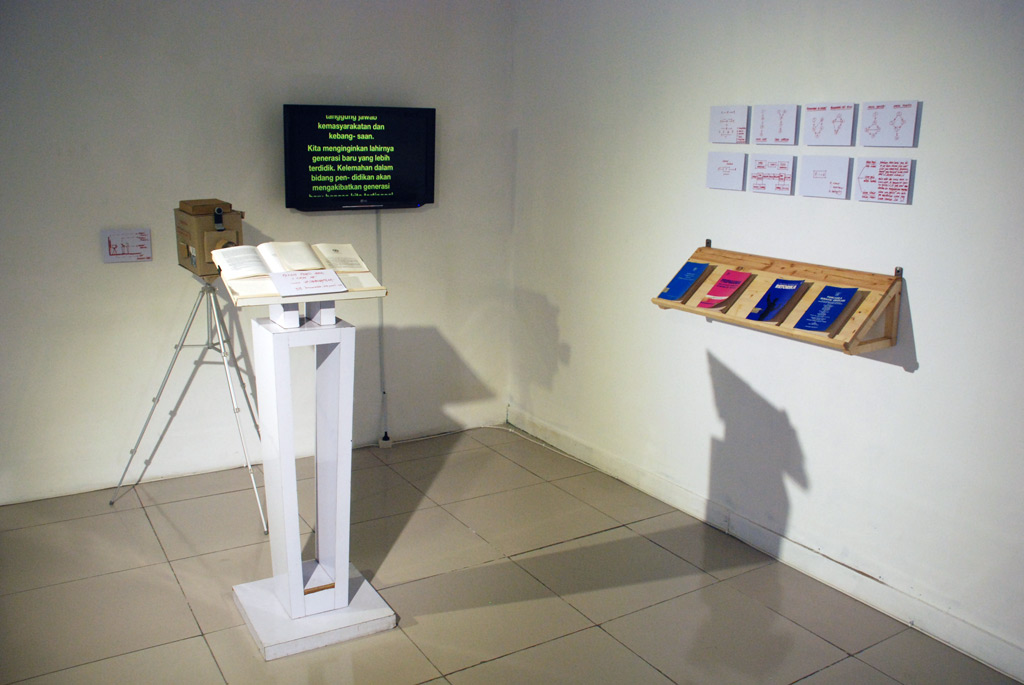
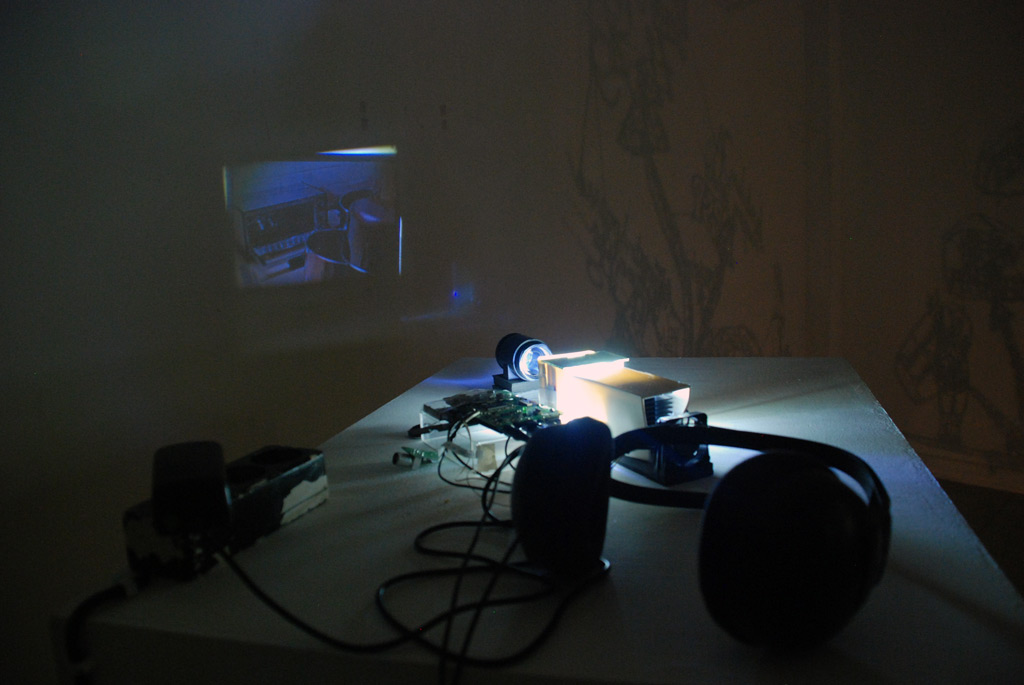
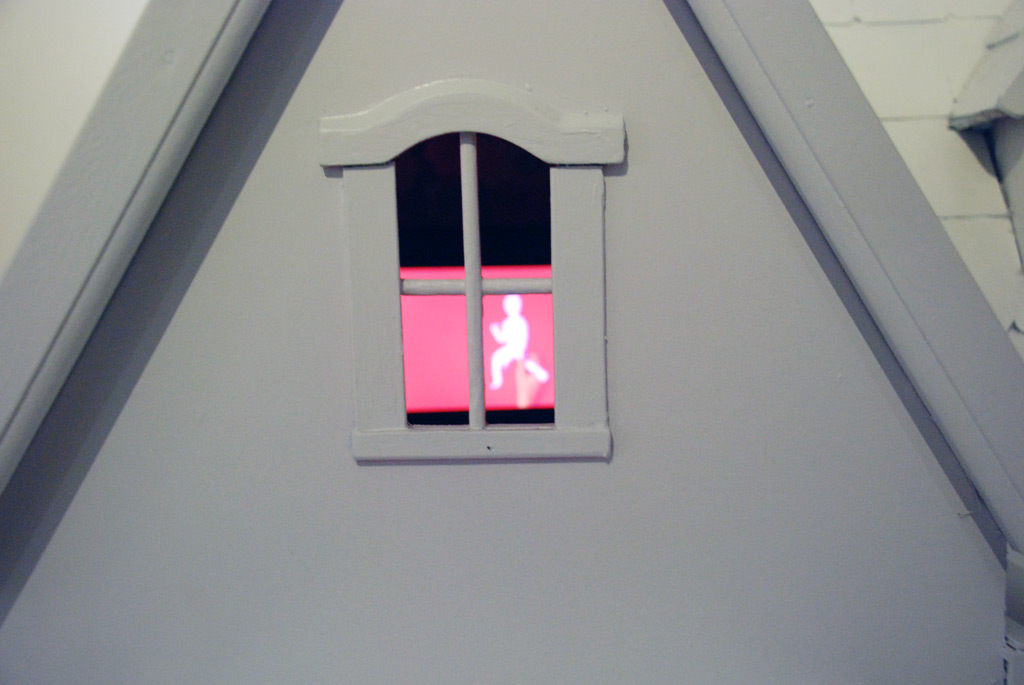
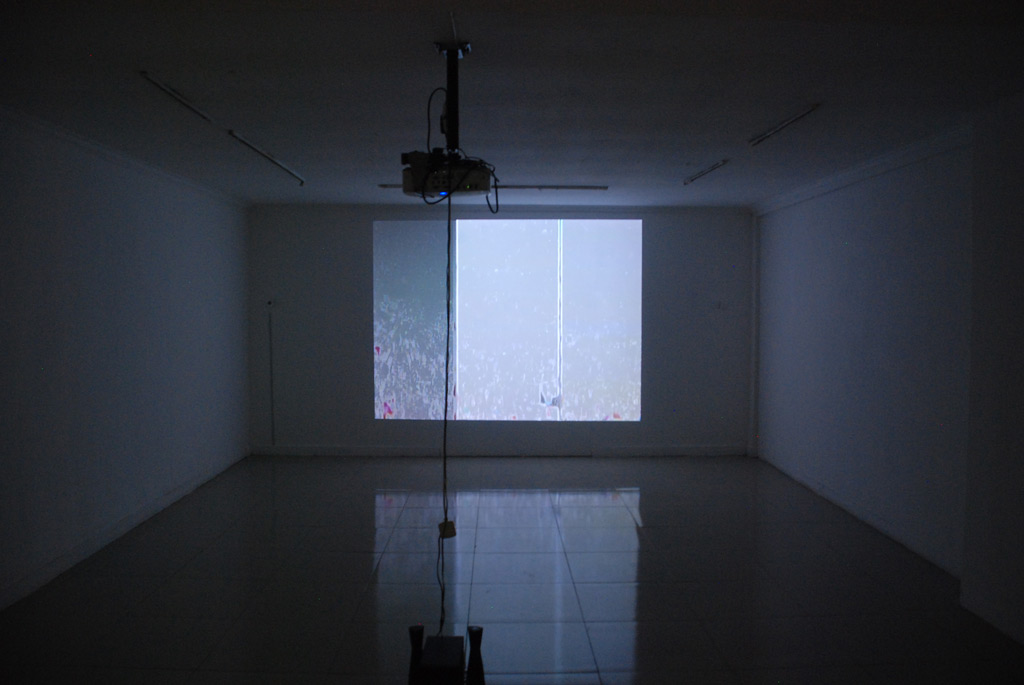
H
How did your interest in video art begin?
M
It started when I visited the first OK Video in 2003. I was still in college studying journalism back then at Institut Ilmu Sosial dan Ilmu Politik, and visited ruangrupa often. ruangrupa was a very open organization – I would visit… I believe it was still at its original location. There was this very interesting room, which had a television and a VHS deck, where I was allowed to watch whatever I wanted.
ruangrupa’s atmosphere is very laid back and casual, so if you don’t do anything you won’t be doing anything, but if you are active like I was, you will end up doing something. I didn’t know anyone and I came in and watched videos.
I met one of the founders of ruangrupa, Hafiz. He then asked my friends and me, who were in college back then, to create a documentary. The project was Mushroom Project, and after that we formed Forum Lenteng.
During Forum Lenteng’s beginning, we watched a video from India by Kiran Subbaiah. In the video, he brought a video camera to a bathroom with a mirror, says, “Hello, my name is Kiran, this is my represent,” looks in the mirror then says “this is me.” What he talked about was video’s potential to be democratic, how it can represent anyone and can be made by everyone. The bathroom he is in is dirty, with stains and grime, and he says that it was a representation, not reality, so don’t be fooled – reality and media are different. So that inspired me to try and video experiment with Forum Lenteng, and I started working full time with ruangrupa since OK Video Malaysia in 2003.
H
As one of the founders of Forum Lenteng, would you say that Forum Lenteng has fulfilled its goals as an organization?
M
I don’t know how to answer that. When Forum Lenteng was founded, it was a forum for us to discuss and study; we couldn’t imagine that it would last for 12 years. There were major changes to Forum Lenteng in 2008, when we decided to become more of an organization. We became more organized – before 2008, Forum Lenteng was a place to hang out and be creative. It started to become massive – creating workshops all over Indonesia. In 2007 we worked with OK Video making workshops in 12 cities in Indonesia – everywhere from Padang to Papua.
Forum Lenteng is still based in media communications. Whether cellphones or cameras, we interact with media everyday.
H
What would you say the development of video art is like?
M
Based on the stories of my seniors, when they did their preliminary research, let’s say in 2001 ruangrupa created a video art workshop, there were very little people who participated. During the same year, new media art was very popular – they had it in Bandung, Yogyakarta, etc. In 2003, there were still little interest in video art, but we found that there was an interest in the field, but not from the fine arts scene – it was from design students in Universtias Pelita Harapan such as Aria Satria Darma, Mahesa Almeida and Aditya Satria. They created these amazing graphic arts and moved outside of fine arts.
In 2003, people still tended to create documentaries. It wasn’t until 2011 video art really started to rise.
ruangrupa, in my opinion, always recognized that we live an urban lifestyle as we live in the city. When we created Cetak Urban where we talked about stickers, we found its relations to the billboards that surrounded us, our surrounding culture.
In the 90s there were artists such as Krisna Murti, Heri Dono – they used video as a tool, as a secondary medium. What I believe we need to talk about is the media culture. If you were born before 1970, their culture is very different from the post MTV generation. If you were born in the 80s or 90s, you intimately know television and computers. Krisna Murti’s generation do not have that culture and intimacy with video and computer. This is because they were born from the Wayang culture, the sculpture culture. Children nowadays can create mixtapes and mashups using tablets, and I realize that I didn’t experience this culture growing up. We had video games, but the controllers were separate from the console.
We have to change OK Video, because the strict definition is no longer relevant.
H
So that is why this year’s OK Video chane its concept?
M
Yes. We always look at society’s culture. In 2003, people were confused with the term ‘video art.’ We took the concept from the west and adapted it to our own culture.
In 2005 the word art was removed from the description, so it was now “video” not “video art.” This removal was to make the term closer to society, as video art is too specific – it doesn’t include web-based art. In 2011, there were then works that are based in mechanics and kinetic. And now, analogue-based art has begun emerging.
H
So every year, the mediums have become more varied?
M
Yes. I was once asked why we didn’t call it a “New Media” festival, and that is because if I used that term, it would make the subject more difficult to understand. Media art is the umbrella, which includes film, video, digital imaging, etc, and within new media is something totally different – it is no longer object based, it is based on coding and data communication, as in digital culture. It is abstract, and if we head in that direction it would narrow the field too much.
H
That shift from video art, video, to media art – is it to make the arts closer to society and the messages it is trying to convey?
M
From the beginning, we have always attempted to make the arts closer to society. The difference is that in the very beginning, OK Video wanted to make a statement.
When you look at the year 2002, when there were multimedia art, new media arts, etc, there was an influx of mediums that the culture didn’t quite understand. Even the media were asking what it was all about. In the mid 80s, the Philippines already had video art, we only had it in 2002. This wasn’t the fault of the fine arts scene; the repression of the New Order had a lot to do with it. In 1968, Nam Jun Paik already created video art sculpture, while video only entered Indonesia in 1982. In the 1970s, people were still debating things such as “If I used video to film, what would it be called?” Finally in the 90s we had video art and as I mentioned before it didn’t quite hit the mark.
That was why when ruangrupa was founded, and it was filled with kids who were technologically savvy, living in Jakarta, experienced media culture, watching television – it needed to be accommodated. It is a new generation, and as we used the term “video art,” 2003 was the time when video art was born. The art is related to the maker’s media culture experience. Since 2003, there are now a lot of people who create videos, who are trying different mediums. The next generation, the younger generation, will be able to create something even more stupendous.
H
The theme of Orde Baru for this year’s OK Video, is it a point where we can say it is time to move on? And with the repression that is related to Soeharto’s era, is OK Video reminiscing that era or addressing the issues that Indonesian’s couldn’t respond to in that era?
M
The reason we chose the theme of Orde Baru is because of their control over the media, but during that era the process was the analogue. They controlled society, and equated video with ganja and pornography. Video was considered subversive; there was a concern over the possibility of having an alternate narrative in the public discourse. Alternate narratives create the possibility of contradictions. They were so concerned that in 1981 commercials were banned. When one thinks about it, they logically won’t see a good reason as to why commercials would be banned, but the regime was afraid of the possibility of a different perspective entering the media. That is why you couldn’t have video art in that period, particularly in the 80s. If you look back, the 80s art scene was pretty much dead. In the mid 80s though, the middle and upper class protested, that was when people started having satellite dishes so they can watch something else besides the national television channel.
When commercial television channels started in Indonesia, which coincided with the fall of the Berlin wall and the end of the Cold War, it was the beginning of the end for the New Order regime. There were articles that described the viewers as being smart, and that TVRI couldn’t keep up. Well of course they couldn’t keep up, they were still living in an analogue-mind frame while the others have begun thinking in a digital mind-frame. Society was not fighting the government, it was the corporations. After 1998, digital started entering Indonesia – VCS, Mini DV, and the Internet.
It’s similar in this era; corporations instead of a regime now control us. They way corporations do it is a bit more subtle. I like The Matrix movies because it is talking about corporations controlling us (laughs). During the analogue era, there were signs in neighborhoods that said, “visitors must report twice in 24 hours.” You no longer have to report yourself because now it is done voluntarily through social media. Society now voluntarily registers where they are and what they are doing. It is now a country owned by corporations.
H
You said that the transition between the analog to digital era doesn’t really change the concept of media consuming in the public. That there are still certain party that control the information on our screens, in the analog days we have our government who rule the media, and now in the digital age, the corporations is the one on force. Do you see OK Video as a way to give people option to liberate from that containment?
M
I do hope that people who came to the exhibition can see the reality behind their screens. That it’s just the same from our younger days. We use to have a vertical control, with the state dominating the media, now, it’s more horizontal. It’s people against people. This is why we have certain groups like those extremists, etc. To make people understand this kind of reality is not easy. We don’t want to dictate the way people consume information. We would like to do it on a more laid back vibe. So, we do it by making art.
H
As the curator of this year’s’ OK Video, can you explain to us about your curatorial points for this event?
M
The moment I got picked as the curator of the event, it came to my mind that it was not going to be an easy job. To combine the main ideas of this exhibition into a concept is quite hard. This year, we have to incorporate the idea of the new order, media technology, the digital culture, and the shifting of the event’s concept. I asked myself how to blend those points into one idea. We all know that we didn’t have the digital culture yet during the new order era. But, on the other hand the government had control over almost every information medium possible. I finally decided to take this perspective as the underlining point of my curatorial process. I was also interested in how people would respond to an era where almost every archive are open for public, this kind of thing never happened before. This would be the main point of my curatorial process.
You can also see how I integrate this concept in the exhibition. I made a kind of gynecological categorization based on the two eras of our history. In the building A, we displayed artworks that refers to the concept of people versus the state, and in the building C, we exhibit artwork that reach out the idea of people against people.
H
As an artist yourself, I see that you utilize a lot of found footage on your artworks, do you have a specific reason behind this kind of approach?
M
I was always interested in archives. From the day I initiated Forum Lenteng, I got fascinated by history. With this as a hobby, I started to collect pieces from history, from art to film writings from the past, to sketches from artists. The main reason why I use found footage as the base of my video arts is because I see that there is no such thing as reality on recorded material. The medium has limitations, we can’t see the whole realm of a recording. We can only see some parts that the videographer wants us to see. Information is manipulated, and now, we are controlled by that manipulated information. I want to discuss this kind of subject in my artworks. I want to play with the concept of reality in that footage by distorting the material.
H
Back to OK Video, this year, the event chose a quite sensitive issue to be the grand theme. Do you have any concern about how it will affect the number of the attendants and the sponsor of the exhibition?
M
It did raise some concern from some of our sponsors. But we do have to know that fearing to discuss issues like this ”New Order Era” themes is not good for the public. This kind of issue should not bother us anymore. As a society, we have to look forward. And to do that, we have to make things clear. And this is our way to make things clear. We do understand the risk of making this “New Order” the theme of OK Video, but we are curious on how people would respond to this. Because right now, we have two generations that live together: the generation that lived under the new order era and the younger generation who didn’t. And seeing these two generation react to this issue is quite interesting, because we will be able to see the future of this nation from that.
H
What will be the future of OK Video?
M
I want to see more artworks that explore technology in a way that they could dismantle it into a new concept. The one that able to disassemble the technology into a new medium. We don’t see much of that kind of artworks in this exhibition. We do have the artwork from Andreas Siagian that quite interesting for me, I put his artwork in the front door because I see that his artwork could represent this kind of spirit. I hope that in the next event in 2017, we will have more artwork that share this kind of spirit. This is why we chose a socio-political theme now so that we will be able to explore more technological exploration theme in the future.








